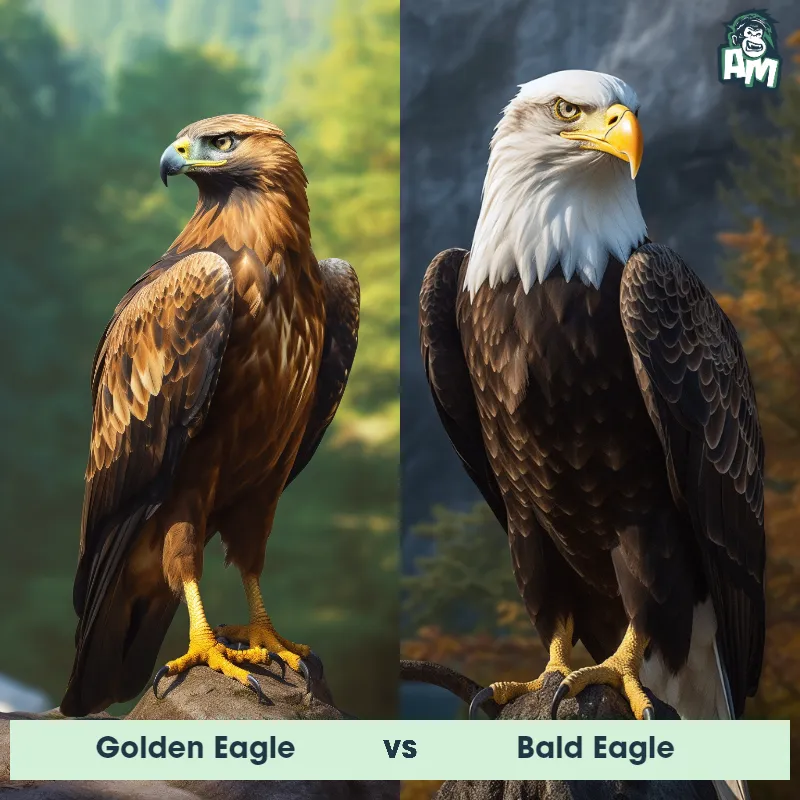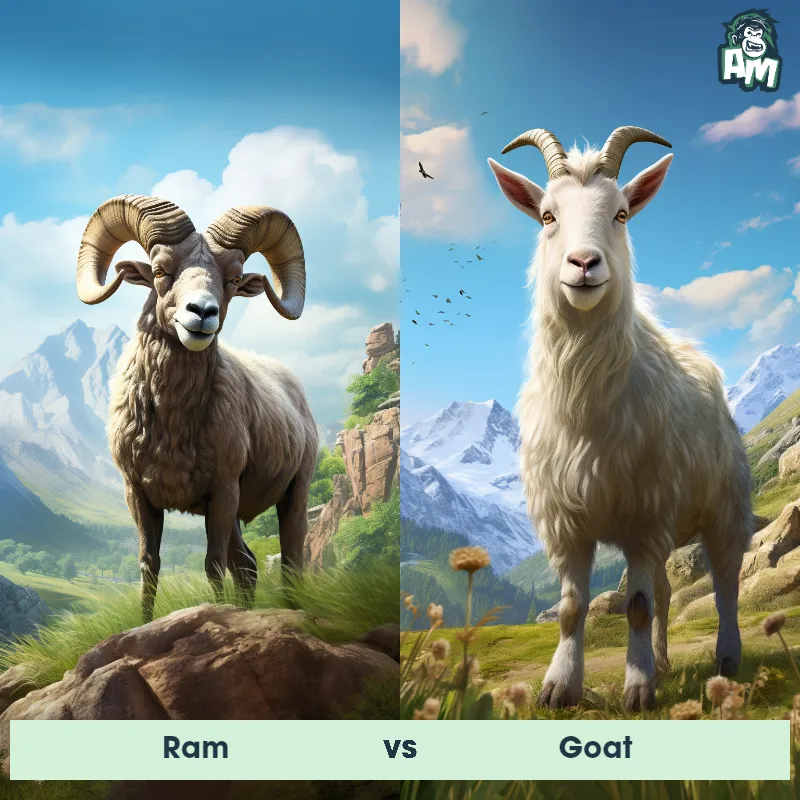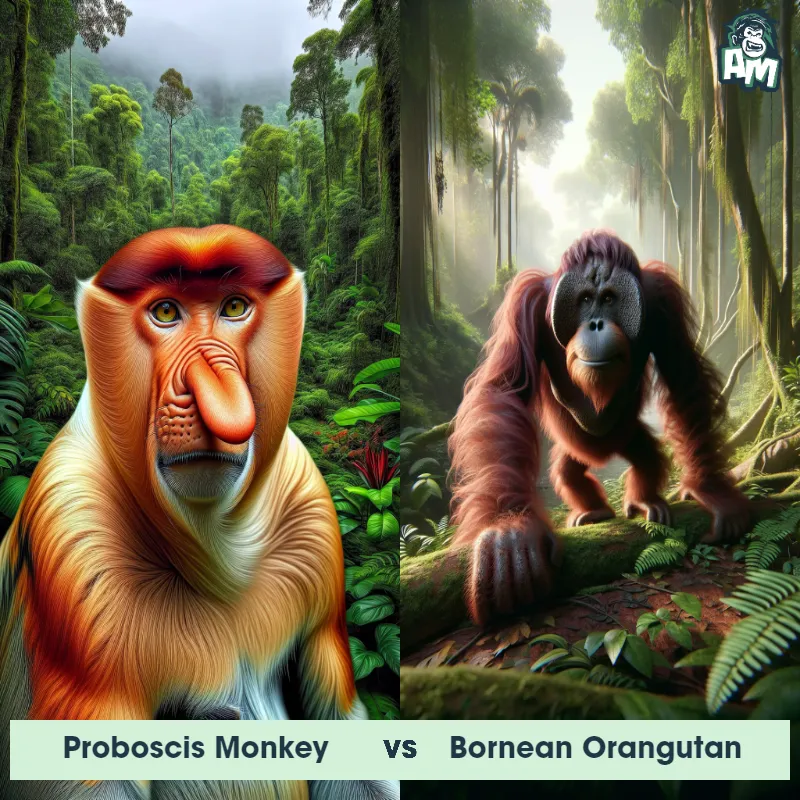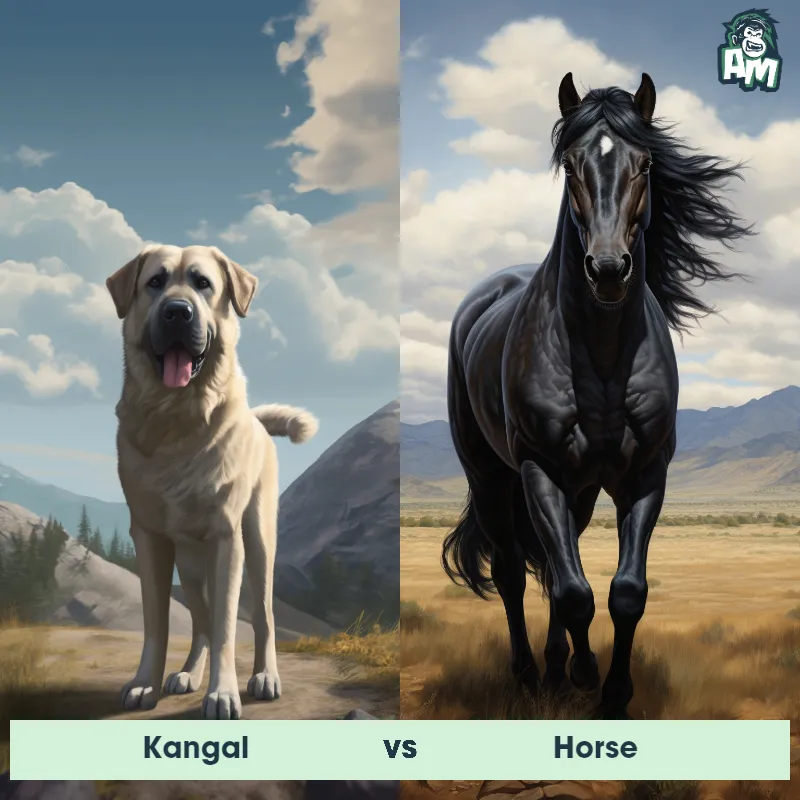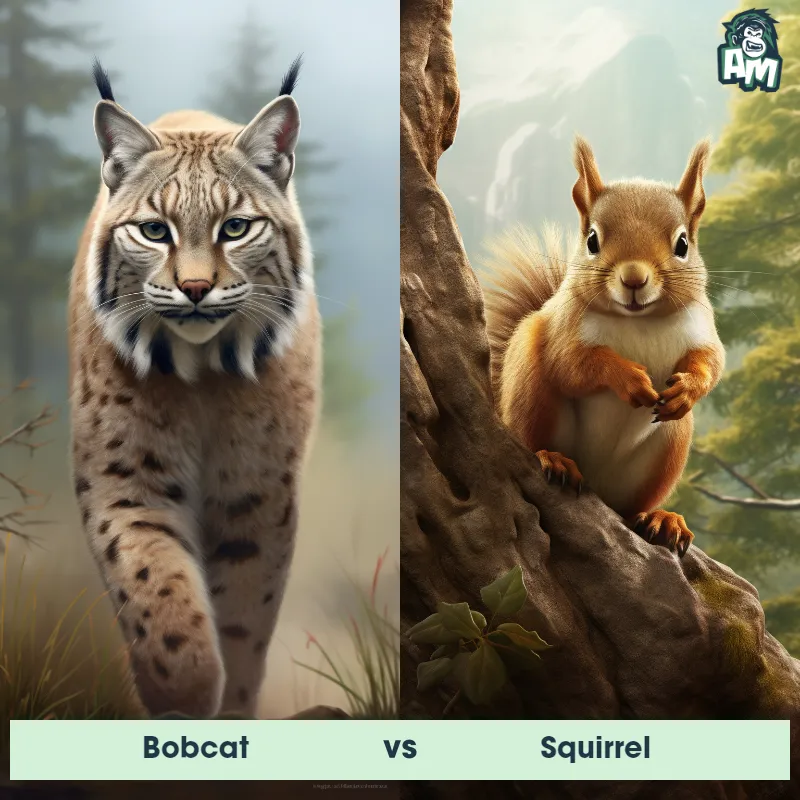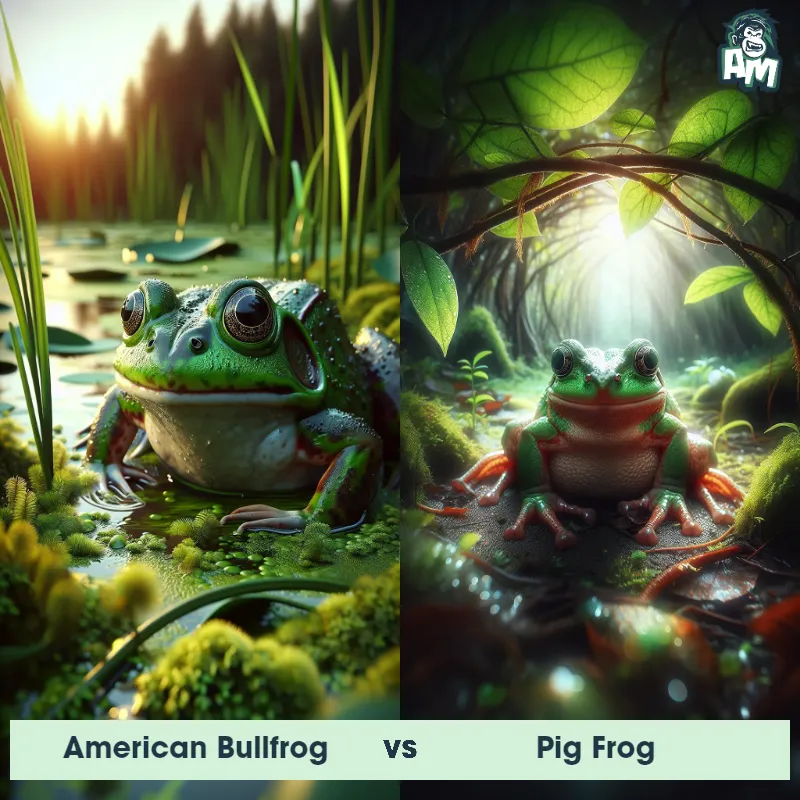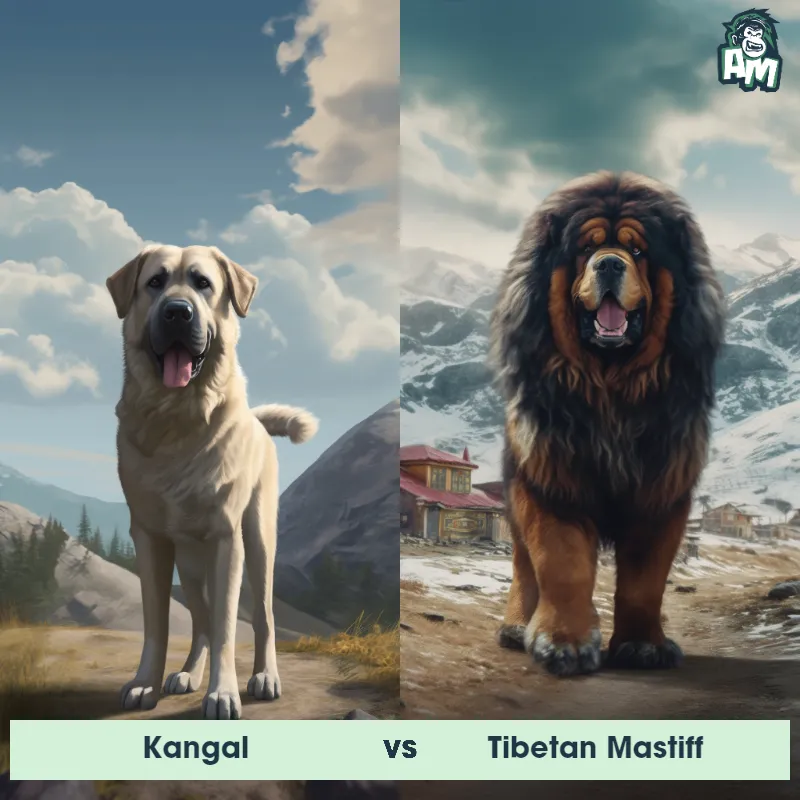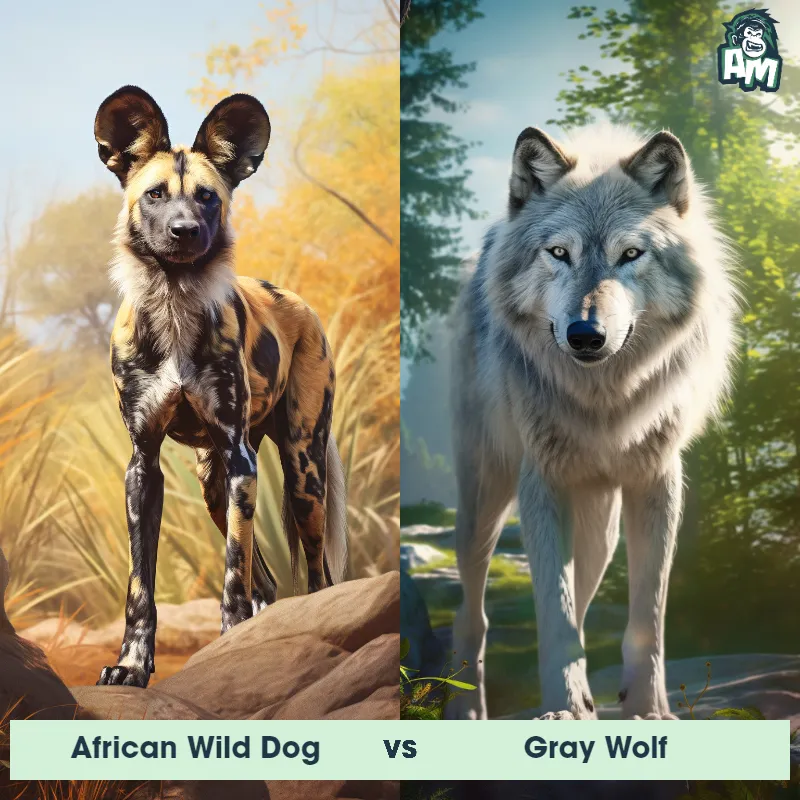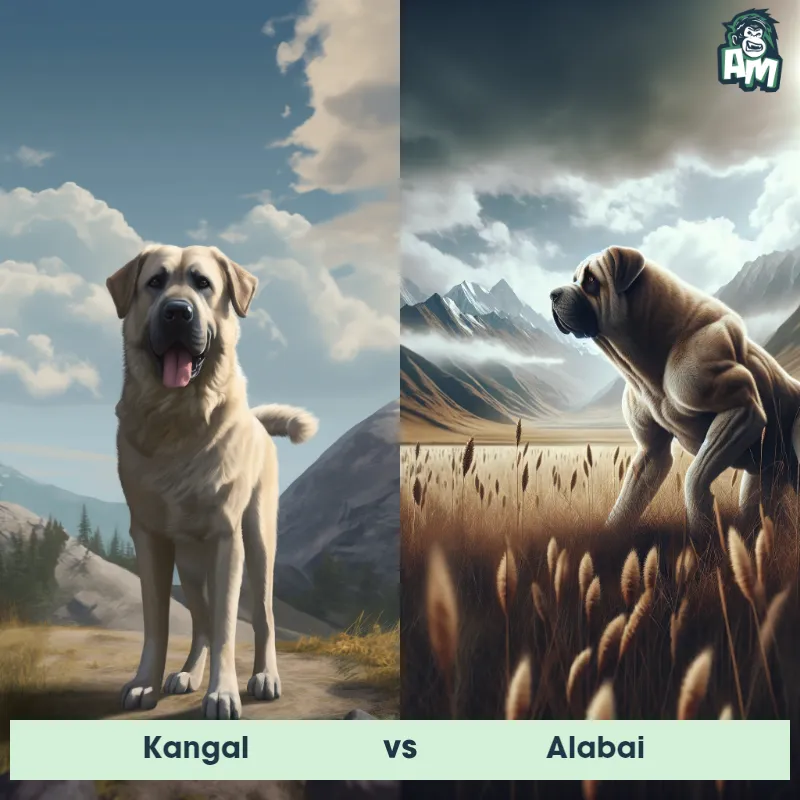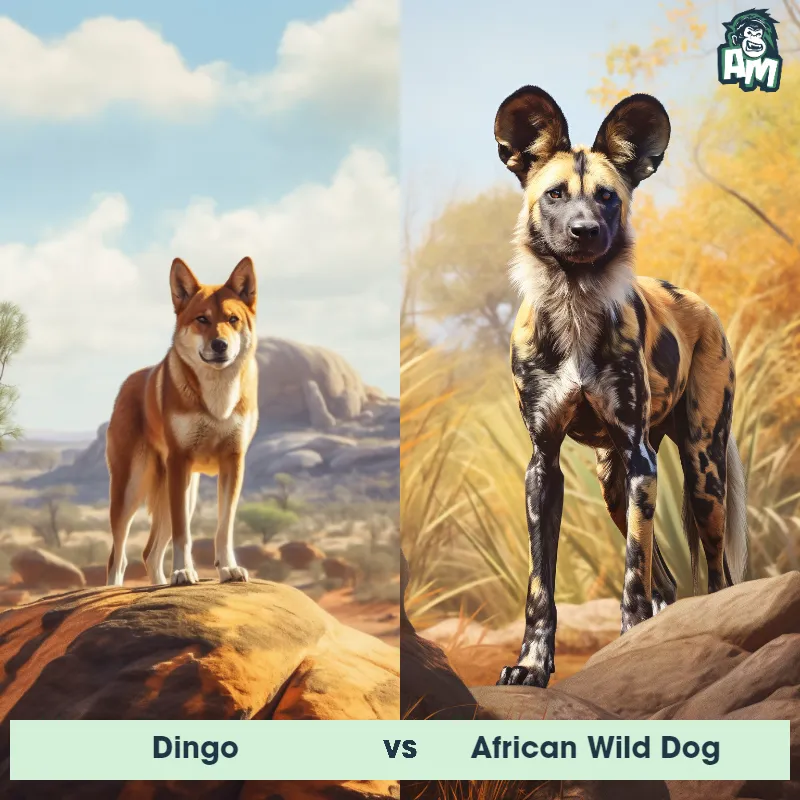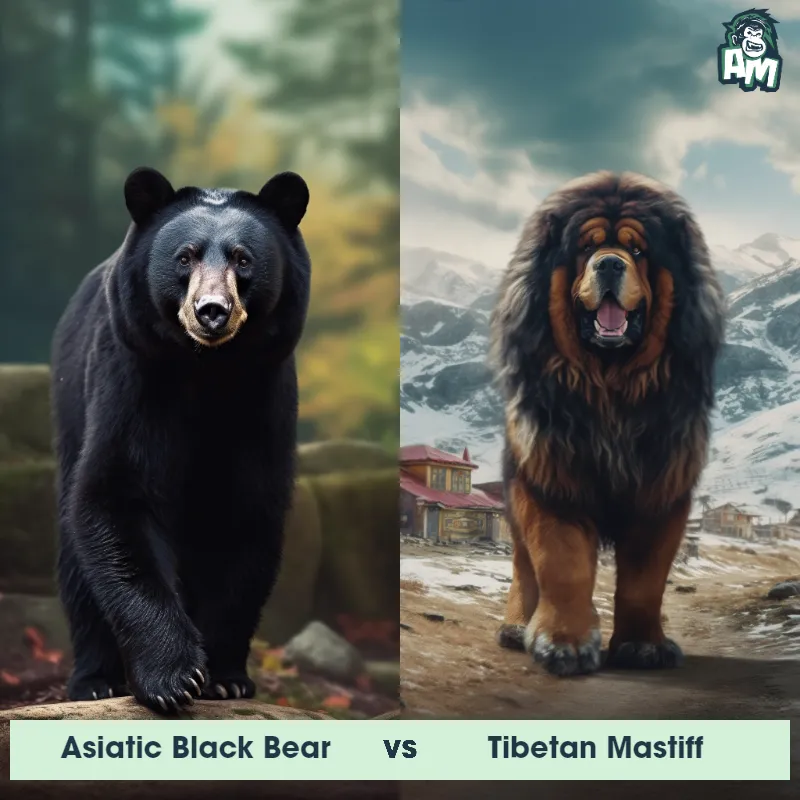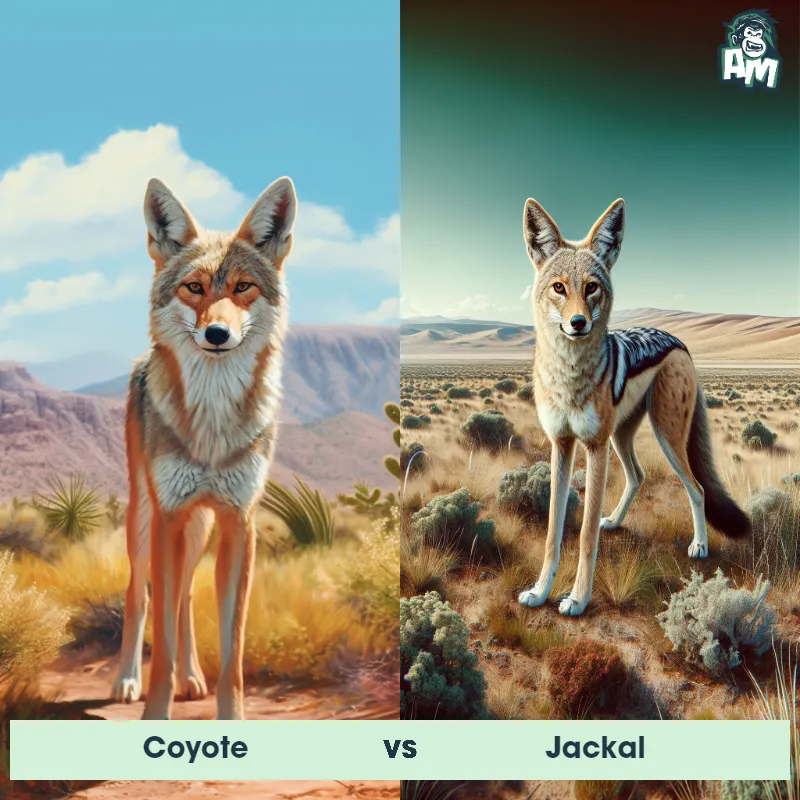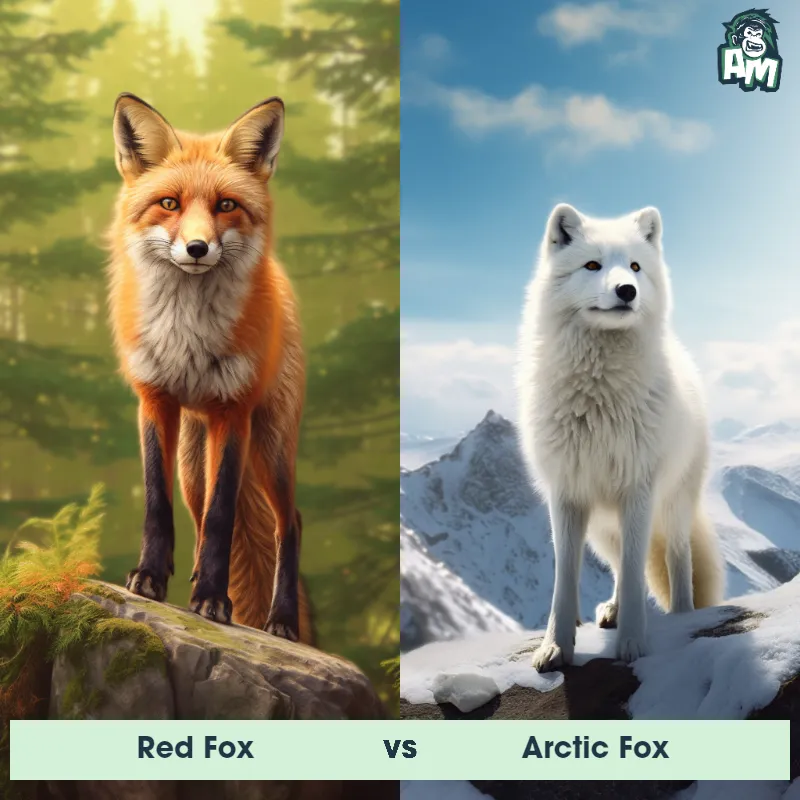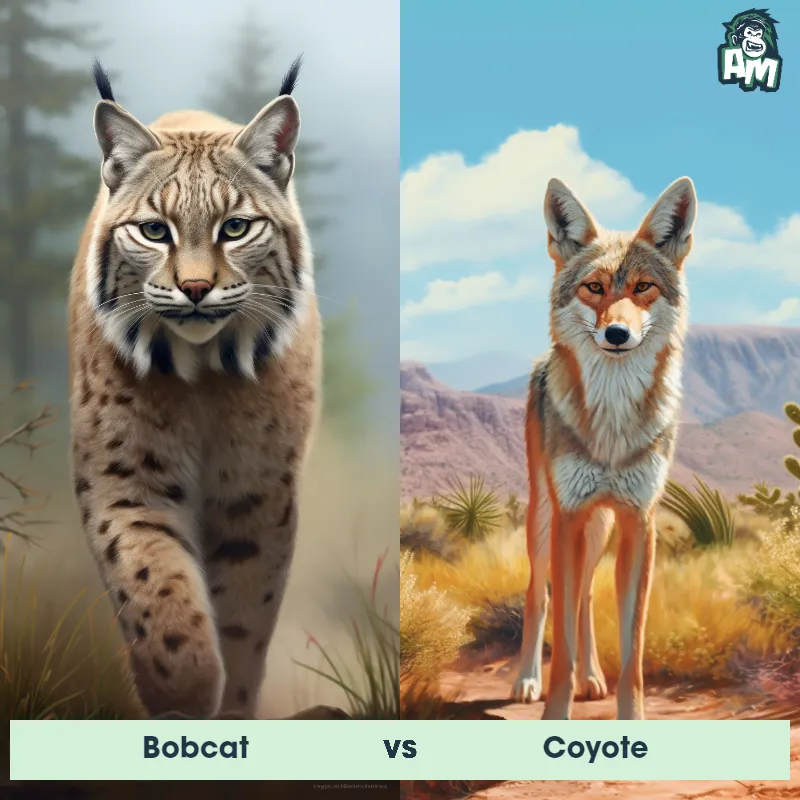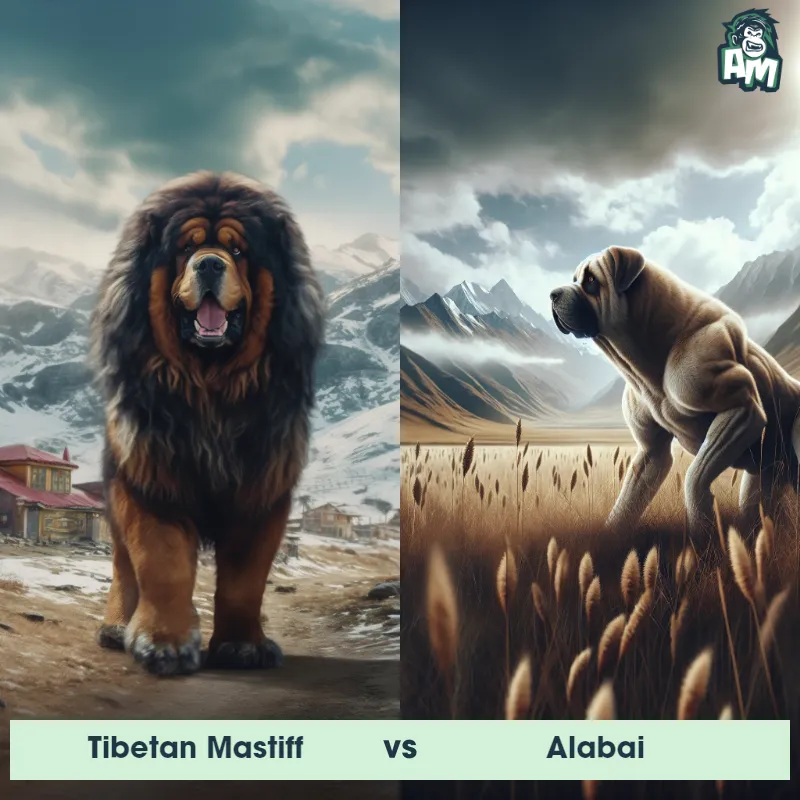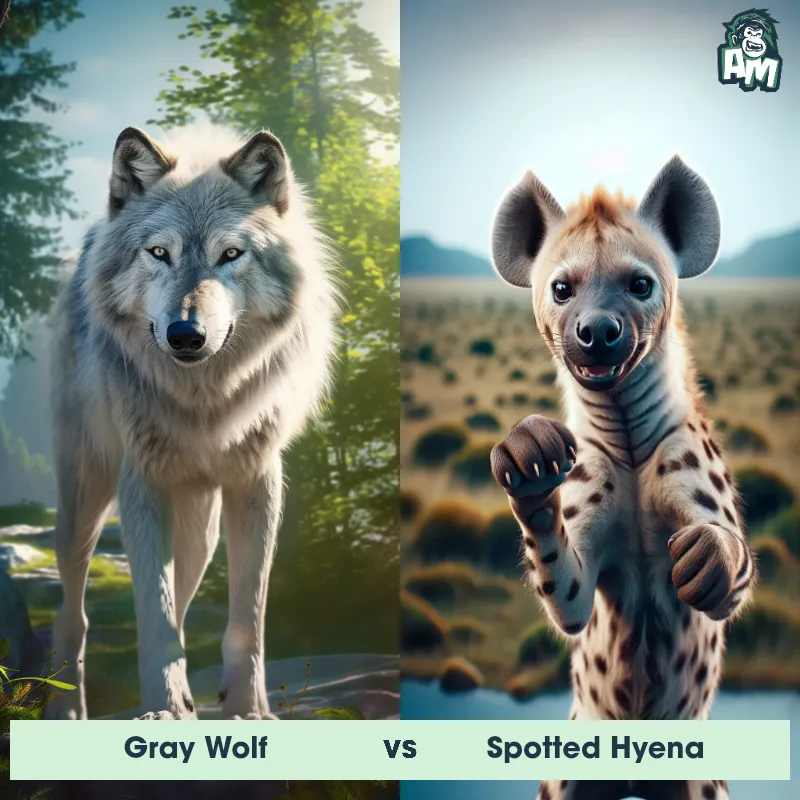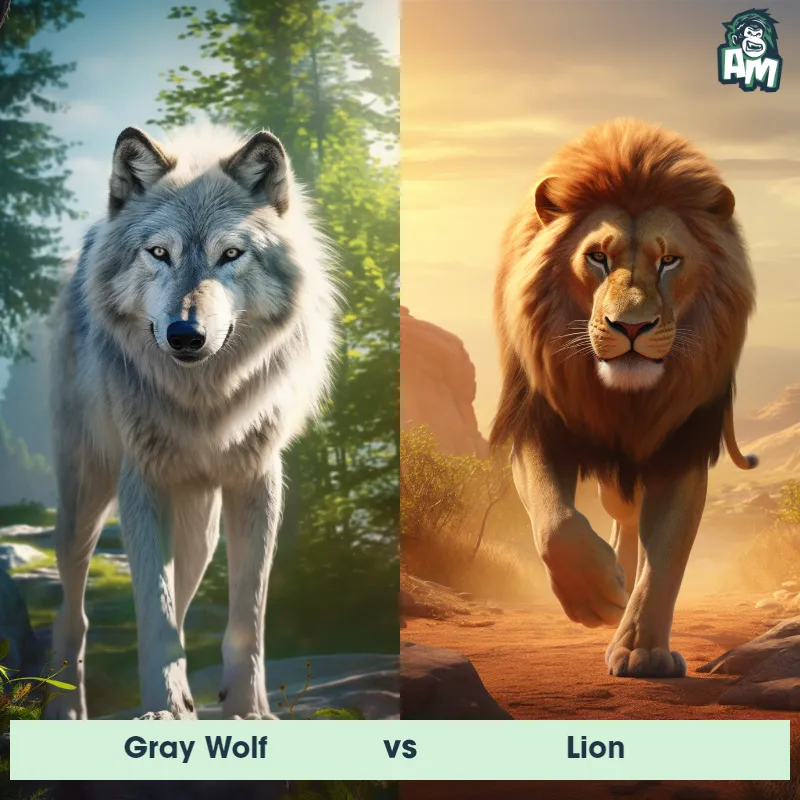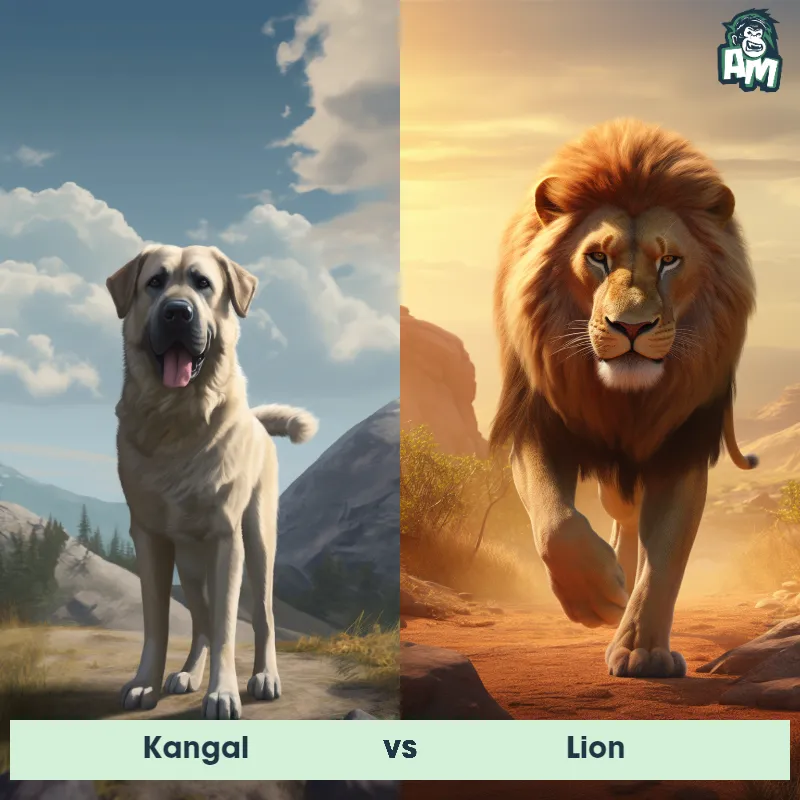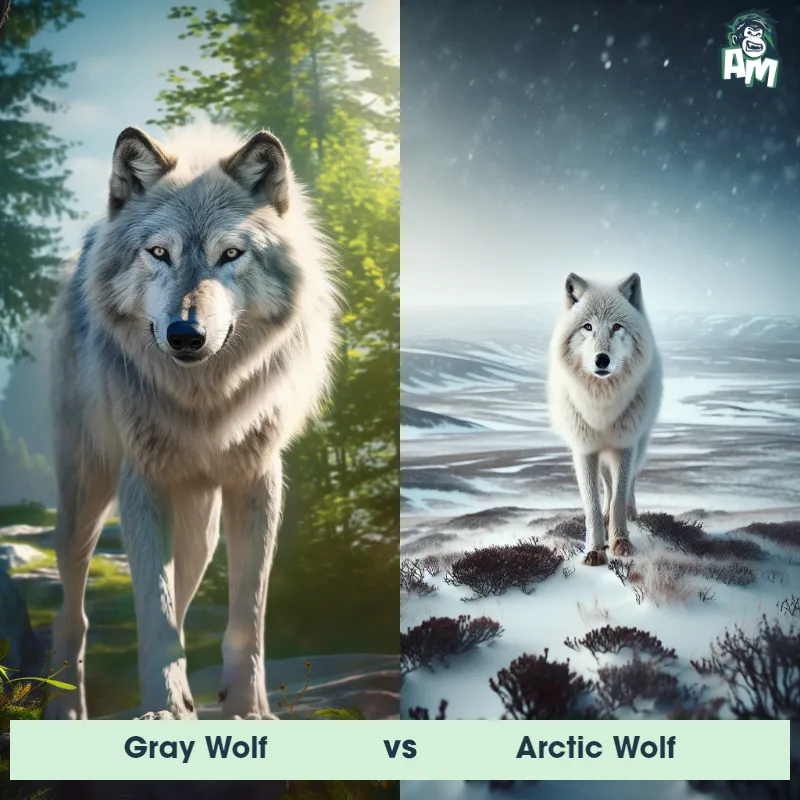Coyote vs Gray FoxSee Who Wins

Ladies and gentlemen, welcome to this thrilling three-round fight between two fierce competitors in the wild! Tonight, we have a matchup between a coyote and a gray fox. Both animals are known for their agility and cunning, making this encounter truly exciting. So, get ready to witness an incredible display of nature's power!
Contender 1: Coyote
The Coyote, also known as the American jackal, is a small, carnivorous mammal that belongs to the Canidae family. They have a slender, agile body with a bushy tail, pointed ears, and a long snout. Coyotes have a grayish-brown fur coat with a white underbelly, and their eyes are yellow and almond-shaped. They are known for their adaptability and intelligence, and can be found in a variety of habitats, from deserts to forests.
Fun Fact: Coyotes are known for their vocalizations, which include howls, yips, and barks, and they use these sounds to communicate with each other and establish their territory.
Contender 2: Gray Fox
The Gray Fox, commonly known as Urocyon cinereoargenteus, is a medium-sized canid native to North America. It has a unique appearance, characterized by its unique coloration - a grayish coat with reddish hues, a reddish-brown underside, and a striped tail with a black tip. Unlike other canids, the Gray Fox possesses retractable claws, enabling it to climb trees effortlessly. It has a slender body, pointed ears, and yellowish eyes, which add to its distinct features. This adaptable and versatile species can be found in a variety of habitats, including forests, mountains, and even urban areas.
Fun Fact: One interesting fact about the Gray Fox is that it is the only member of the dog family in North America that is capable of climbing trees, using its sharp, semi-retractable claws to navigate its way up and down tree trunks with ease, reaching heights of up to 40 feet.
Matchup Stats
| Coyote | Gray Fox | |
|---|---|---|
| Size | 32-37 inches (81-94 cm) in length | 2-3 feet (61-91 centimeters) in height, 3.5-4 feet (107-122 centimeters) in length |
| Weight | 20-50 pounds (9-23 kg) | 7-13 pounds (3.2-5.9 kilograms) |
| Speed | Speed: 43 mph (69 km/hr) | 42 mph (68 km/h) |
| Key Strength | Speed and agility | Agility and climbing ability |
| Biggest Weakness | Lack of physical strength | Size and strength compared to larger predators |
Current Votes
Coyote vs Gray Fox
See Who Wins
View More Matches
Looking For More?
Similar Matches
Scientific Stats
| Coyote | Gray Fox | |
|---|---|---|
| Scientific Name | Canis latrans | Urocyon cinereoargenteus |
| Family | Canidae | Canidae |
| Habitat | Various habitats, including deserts, forests, and grasslands | Forests, mountains, urban areas |
| Geography | North and Central America | North America |
| Diet | Omnivorous, eats small rodents, insects, fruits, vegetables, and larger prey like deer and livestock | Omnivorous - fruits, berries, insects, small mammals, birds, reptiles, carrion |
| Lifespan | 10 years - 14 years | 15 years - 20 years |
Key Differences between Coyote and Gray Fox
- Habitat: While both species are adaptable, Coyotes are more commonly associated with open grasslands, deserts, and agricultural areas, whereas Gray Foxes are more frequently found in woodland habitats and can climb trees better due to their curved, semi-retractable claws.
- Size: The Coyote (Canis latrans) is generally larger than the Gray Fox (Urocyon cinereoargenteus), with adult Coyotes weighing between 20-50 pounds and Gray Foxes weighing between 7-13 pounds.
- Tail: Coyotes have bushier and more bottle-brush-like tails that are often carried straight and pointed downward, whereas Gray Foxes have longer and less bushy tails with a black stripe along the top and a white tip, which they can wrap around their bodies for warmth or balance.
- Coloration: Coyotes typically have a more vibrant and varied coat color, ranging from grayish-brown to reddish-brown, while Gray Foxes have a predominantly grayish coat with rusty-red fur on their neck, sides, and legs.
- Ears: Coyotes have taller and pointed ears that are visibly prominent in relation to their head size, whereas Gray Foxes possess shorter and rounder ears that appear relatively small in comparison.
- Facial features: Coyotes have a more wolf-like appearance with a long, narrow snout and almond-shaped eyes, while Gray Foxes have a shorter, more cat-like snout with oval-shaped eyes.



